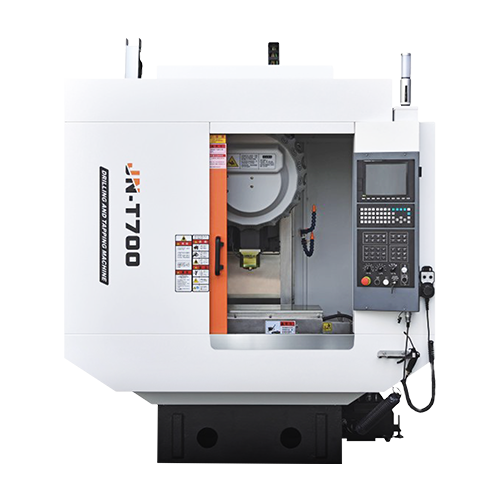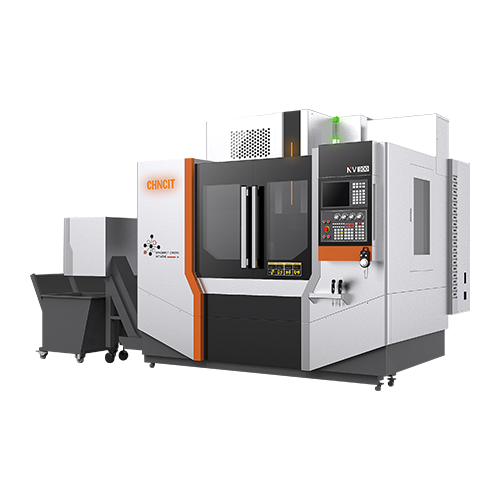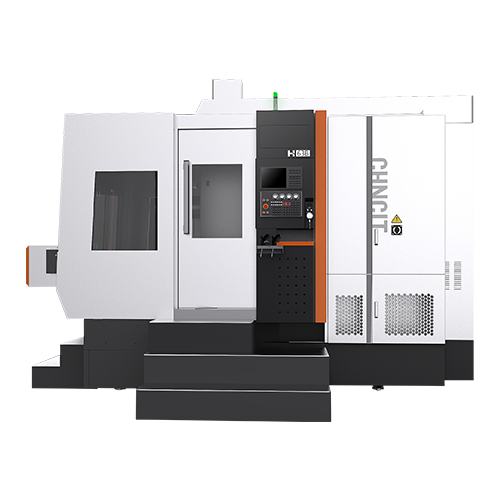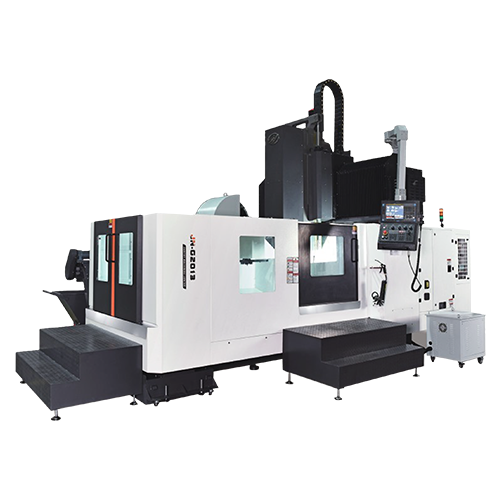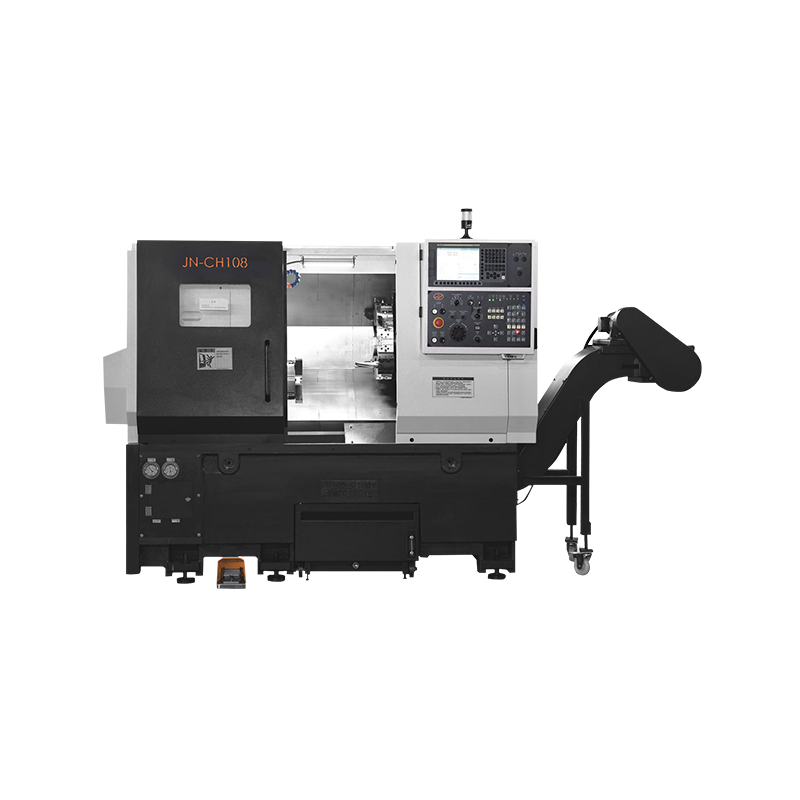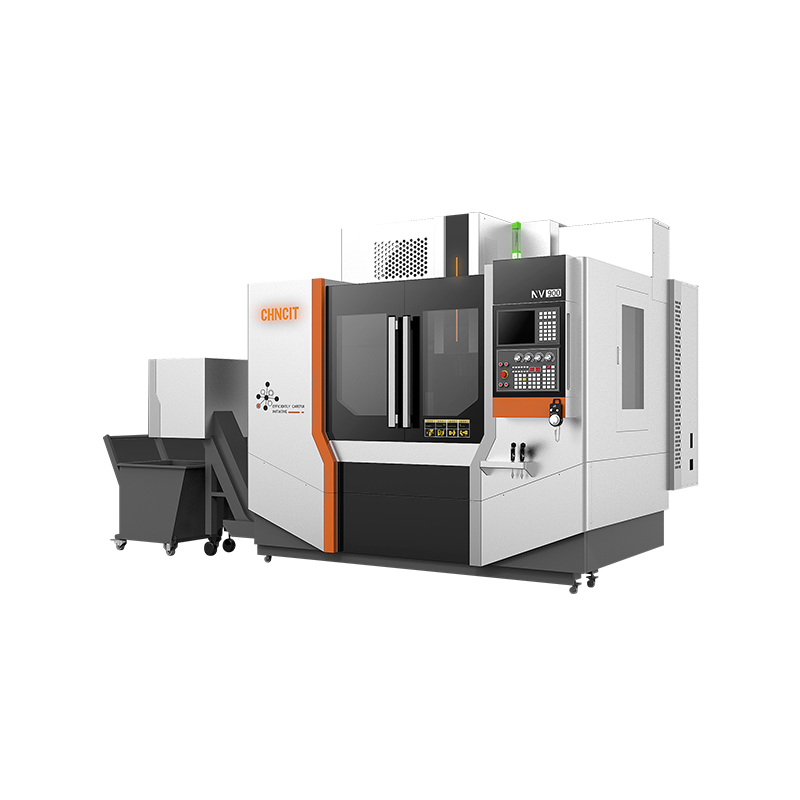-
 WHATSAPP
WHATSAPP -
 INS
INS -
 WECHAT
WECHAT
Precision and Efficiency in Small-Scale Manufacturing
High Speed Vertical Machining Centers (HSMCs) have risen to prominence as a solution to meet these demands, particularly in small-scale production environments. These machines are designed to perform a wide range of operations with remarkable accuracy and speed, making them an invaluable asset in the modern workshop.
A High Speed Vertical Machining Center is a type of CNC (Computer Numerical Control) machine tool that is used for milling, drilling, and boring operations. The term "high speed" refers to the machine's ability to operate at rapid rates, significantly reducing production times. Vertical machining centers are characterized by their spindle orientation, which is perpendicular to the work surface, allowing for versatile and complex machining operations.
CNC technology is at the heart of High Speed Vertical Machining Centers. It allows for the automation of complex machining processes, ensuring that each operation is performed with high precision. The CNC system reads the programmed instructions, which are often created using Computer-Aided Design (CAD) and Computer-Aided Manufacturing (CAM) software. This integration of software and hardware enables the machine to execute intricate designs with small human intervention.
Small-scale manufacturers often require machinery that is versatile, efficient, and capable of handling a variety of materials and part sizes. High Speed Vertical Machining Centers are well-suited for these needs. They can accommodate small workpieces with precision, making them ideal for producing intricate components for industries such as aerospace, automotive, medical, and electronics.
Benefits of High Speed Vertical Machining Centers
1. Increased Productivity: The high-speed capabilities of these machines allow for faster production cycles, which can lead to increased output and reduced lead times.
2. Enhanced Precision: With CNC control, machining errors are smalld, ensuring that each part meets the required specifications.
3. Reduced Labor Costs: Automation reduces the need for manual labor, lowering production costs and allowing for more efficient use of human resources.
4. Versatility: These machines can handle a wide range of materials, including metals, plastics, and composites, making them suitable for diverse applications.
5. Customization: The use of CNC technology allows for the creation of custom parts with complex geometries that would be difficult or impossible to produce using traditional machining methods.
While High Speed Vertical Machining Centers offer numerous advantages, there are also challenges to consider. These machines require significant investment, both in terms of initial cost and ongoing maintenance. Additionally, operators must be trained in the use of CNC programming and machine operation to fully leverage the capabilities of these advanced tools.
As technology continues to evolve, so too do the capabilities of High Speed Vertical Machining Centers. Innovations in materials, software, and machine design are pushing the boundaries of what is possible in small-scale manufacturing. We can expect to see further improvements in speed, precision, and efficiency, as well as the integration of new technologies such as robotics and artificial intelligence.
High Speed Vertical Machining Centers are a testament to the power of CNC technology in modern manufacturing. They offer small-scale manufacturers a path to increased productivity, precision, and versatility. As these machines continue to advance, they will undoubtedly play a crucial role in shaping the future of manufacturing, enabling the production of more complex and sophisticated components with greater efficiency and reduced costs.


